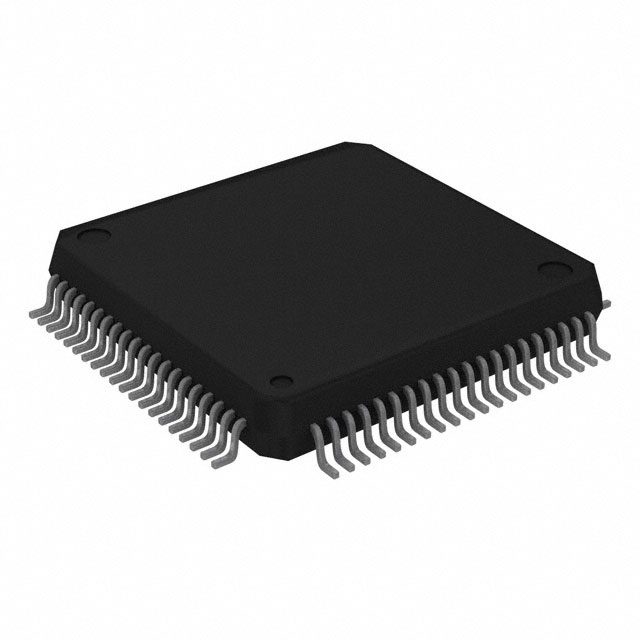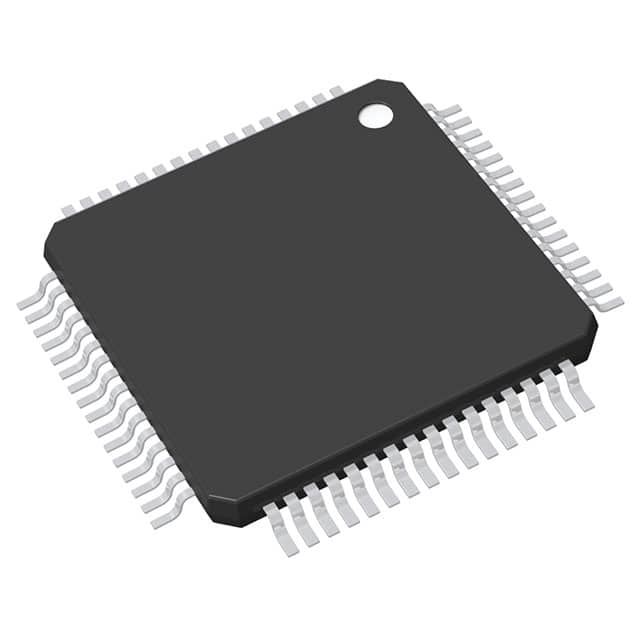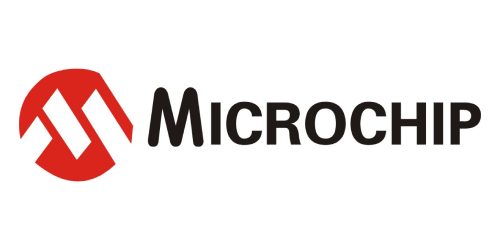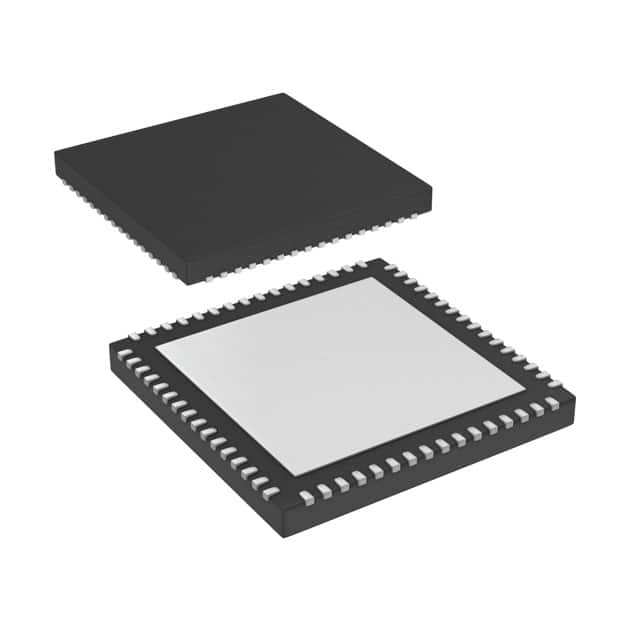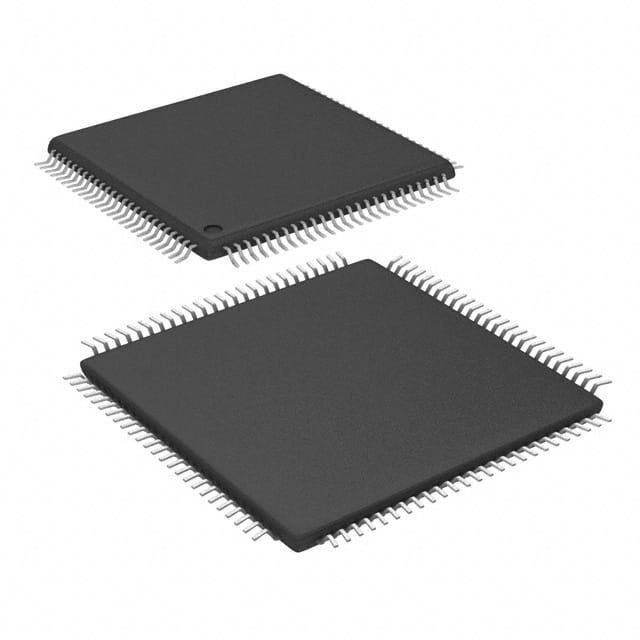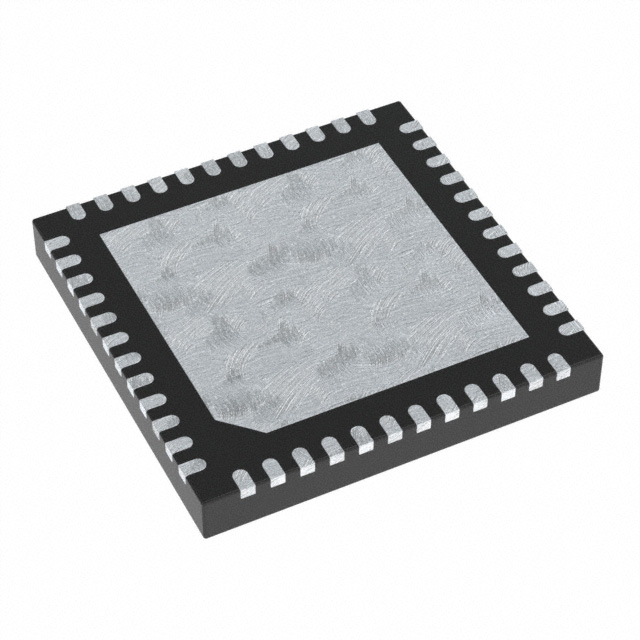ATSAMD51G19A-MF Product Introduction:
Microchip Technology Part Number ATSAMD51G19A-MF(Embedded - Microcontrollers), developed and manufactured by Microchip Technology, distributed globally by Jinftry. We distribute various electronic components from world-renowned brands and provide one-stop services, making us a trusted global electronic component distributor.
ATSAMD51G19A-MF is one of the part numbers distributed by Jinftry, and you can learn about its specifications/configurations, package/case, Datasheet, and other information here. Electronic components are affected by supply and demand, and prices fluctuate frequently. If you have a demand, please do not hesitate to send us an RFQ or email us immediately sales@jinftry.com Please inquire about the real-time unit price, Data Code, Lead time, payment terms, and any other information you would like to know. We will do our best to provide you with a quotation and reply as soon as possible.
Introducing the Microchip Technology ATSAMD51G19A-MF, a powerful microcontroller designed to revolutionize the world of embedded systems. Packed with advanced features and cutting-edge technology, this microcontroller is the perfect solution for a wide range of applications.
The ATSAMD51G19A-MF boasts a 32-bit ARM Cortex-M4 processor, running at a blazingly fast 120 MHz. This ensures lightning-fast execution of complex algorithms and real-time processing of data. With 512KB of flash memory and 256KB of SRAM, this microcontroller provides ample storage space for your applications and data.
One of the standout features of the ATSAMD51G19A-MF is its extensive connectivity options. It supports USB 2.0, CAN-FD, and Ethernet, allowing seamless integration with various communication protocols. Additionally, it features a wide range of peripherals, including UART, SPI, I2C, and GPIO, providing flexibility and versatility in connecting to external devices.
The ATSAMD51G19A-MF is ideal for a multitude of application fields. From industrial automation and robotics to consumer electronics and IoT devices, this microcontroller can handle it all. Its high-performance capabilities make it suitable for demanding applications that require real-time processing and precise control.
In conclusion, the Microchip Technology ATSAMD51G19A-MF is a game-changer in the world of microcontrollers. With its powerful processor, extensive connectivity options, and versatile application fields, it is the perfect choice for developers looking to create innovative and high-performance embedded systems.
Microcontroller is a kind of single chip micro controller, it is an integrated circuit (IC) used to central processing unit (CPU), read-only memory (ROM), random access memory (RAM), input/output (I/O) ports and timer and serial communication interface and other peripheral equipment. The main role of the microcontroller is as a control unit, responsible for receiving input signals, processing data, executing instructions and generating output control signals. Its function in the electronic system is similar to that of the brain, which can respond accordingly to programmed instructions and changes in the external environment.
Application
Microcontroller application field is extremely wide, almost covers all aspects of modern science and technology. In the field of industrial automation, microcontrollers are used for motor control, sensor data acquisition and automation equipment control, significantly improving production efficiency and product quality. In the field of smart home, smart door locks, smart lighting, smart home appliances and other equipment can not be separated from the support of microcontrollers, to achieve remote control and automatic management of equipment. In addition, microcontrollers are also widely used in the Internet of Things, automotive electronics, consumer electronics, medical equipment and other fields, becoming an important force to promote scientific and technological progress.
FAQ about Embedded - Microcontrollers
-
1. What is the difference between Arduino and Embedded C?
The main differences between Arduino and Embedded C are their application scenarios, development difficulty and hardware design. Arduino is more suitable for rapid prototyping and teaching, while Embedded C is suitable for scenarios that require high performance and professional applications.
Arduino is an open source hardware platform mainly used for rapid prototyping and teaching. It uses high-level programming languages such as C++ and provides an easy-to-use development environment, allowing beginners to quickly get started and implement projects. In contrast, embedded C is often used in high-performance and professional application scenarios, such as industrial control, automotive electronics and other fields. Embedded C programming usually involves low-level hardware knowledge and more complex programming skills. The language used may be C or C++, but memory and hardware resources need to be managed manually.
-
2. Is Raspberry Pi a microcontroller?
Raspberry Pi is not a microcontroller in the traditional sense. Raspberry Pi is a microcomputer, often called a single-board computer, which has more powerful computing power and more functions, including writing code directly on the device and running multiple programming languages.
Raspberry Pi has some features of a microcontroller, such as it also has GPIO (general input and output) pins, which can control external devices through these pins. In addition, Raspberry Pi can also be used for the development of embedded systems, especially in application scenarios that require higher computing power.
-
3. What is STM32 embedded?
STM32 is a microcontroller suitable for control applications. It comes with various commonly used communication interfaces, such as USART, I2C, SPI, etc., and can control a variety of devices. In real life, many electrical products we come into contact with have STM32, such as smart bracelets, micro quadcopters, balance cars, mobile POS machines, smart rice cookers, 3D printers, etc.
An embedded system is a special computer system centered on applications, based on computer technology, and with customizable software and hardware. It requires small size, high reliability, low power consumption, and stable performance. The embedded system is divided into hardware layer, driver layer, operating system layer, and application layer. The hardware layer is the foundation of the entire system. The driver layer needs to write a driver program to enable the hardware to communicate with the operating system. The operating system layer is responsible for task scheduling and management, and the application layer is the interface and function implementation for direct user interaction.
 Lead free / RoHS Compliant
Lead free / RoHS Compliant












